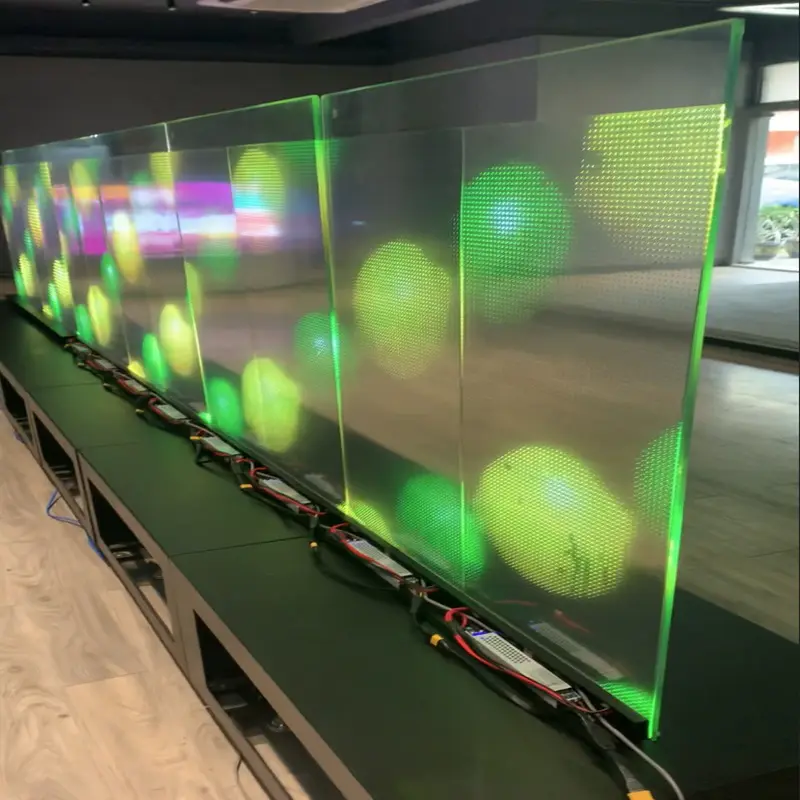The Futuristic Allure of Transparent Display Applications
In an era where technology is synonymous with innovation, the concept of transparent displays has captured the imagination of tech enthusiasts and industry experts alike. Transcending the conventional boundaries of traditional screens, transparent displays are ushering in a new wave of interactive experiences that blur the line between the physical and digital realms.
Principles of Transparent Displays
Transparent displays utilize a combination of cutting-edge technologies to create screens that allow both the display content and objects behind the screen to be visible. This is achieved through the use of transparent materials such as glass or plastic substrates combined with transparent conductive layers, like indium tin oxide (ITO), which enable touch functionality and image projection. Organic light-emitting diodes (OLEDs) and electrophoretic displays are among the technologies that can be employed to create these see-through screens.
Advantages of Transparent Displays
-
Immersive Experiences: One of the most compelling advantages of transparent displays is their ability to provide immersive viewing experiences. By blending digital content with the real world, these displays offer a unique way to engage with information and entertainment.
-
Space Saving: Given their inherent transparency, these displays do not require additional space like traditional displays. This makes them ideal for environments where space is at a premium, such as in retail outlets or exhibition spaces.
-
Interactive Communication: Transparent screens can facilitate interactive communication by allowing users to control and interact with digital content in a tangible manner, enhancing engagement and interactivity in educational, retail, and exhibition settings.
Applications of Transparent Displays
-
Retail and Exhibitions: In the retail sector, transparent displays can revolutionize window displays by combining physical products with digital information, creating dynamic and engaging window shopping experiences. Similarly, in exhibitions, they can provide additional informational layers without obstructing the view of physical exhibits.
-
Advertising: Transparent screens can be used to create eye-catching advertising displays that combine dynamic visuals with the ambiance of the environment, offering a fresh approach to out-of-home advertising.
-
Education and Training: Within educational institutions, transparent displays can serve as interactive learning tools, allowing students to explore complex subjects through augmented reality and virtual environments.
-
Healthcare: In healthcare, these displays can be utilized for medical imaging, allowing doctors to view and analyze scans against a background of real-world reference points.
-
Smart Homes and Offices: As smart technology becomes more integrated into our living and working spaces, transparent displays have the potential to enhance the user interface, providing seamless interaction with smart systems and appliances.
The Future of Transparent Displays
As advancements continue to push the boundaries of what is possible with transparent screens, we are likely to see increased adoption across numerous industries. Developments in material science and electronic engineering may lead to even more durable, energy-efficient, and higher resolution transparent displays. Combined with the growth of artificial intelligence and the Internet of Things, transparent screens could become integral components of a fully interconnected and interactive intelligent environment.
The allure of transparent displays lies in their capacity to merge the physical and digital worlds, creating new dimensions for interaction and engagement. As we move further into the future, these displays are poised to transform the way we communicate, learn, shop, and live. With their potential to blend utility with aesthetics, transparent displays are set to redefine our relationship with technology, shaping a new era of interactive experiences that are both revolutionary and enchanting.


.jpg?imageView2/1/format/webp)









